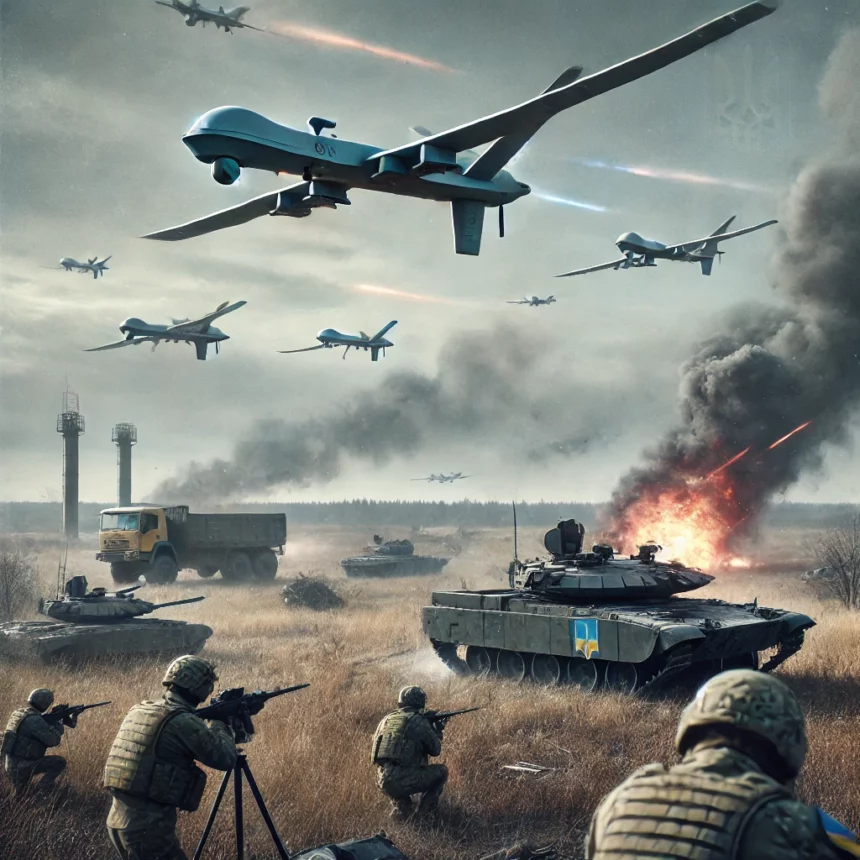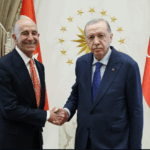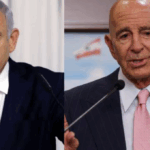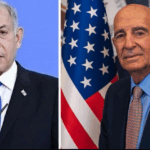Summary by Geopolist | Istanbul Center for Geopolitics:
The Russian Ministry of Defence (MoD) has initiated a significant initiative to consolidate its drone operations, establishing a distinct branch within the Russian Armed Forces focused on unmanned systems. This initiative aims to incorporate informal drone detachments into a structured, state-controlled framework. This initiative seeks to enhance operational efficiency and improve oversight; however, it may compromise the effectiveness, adaptability, and swift innovation that have defined Russia’s decentralized drone units throughout the conflict in Ukraine.
Key Developments and Strategic Goals:
Consolidation of Drone Operations
Creation of a Separate Branch:
The establishment of the new unmanned systems branch aims to systematize drone operations, placing them under the direct oversight of the Ministry of Defence, akin to the structure of Russia’s Airborne Forces (VDV). This branch will encompass drone operators, engineers, logistics specialists, and additional technical personnel to create integrated units.
Integration of Informal Units:
The informal drone detachments that developed organically during the war are now undergoing disbandment or integration into standard military units. Specialists from volunteer and private initiatives, which were previously semi-independent, are now being integrated into the formal military bureaucracy.
Procurement and Innovation Centralization
Standardizing Procurement:
The Ministry of Defence aims to consolidate and regulate the development, production, and supply of drones, bringing together efforts that were previously decentralized and reliant on volunteers.
Volunteer groups and private manufacturers, which have been instrumental in supplying drones and technical innovations, are now mandated to operate in accordance with MoD directives.
Establishment of the “Rubikon” Center:
The Rubikon Centre was established with the objective of developing new drone units, training operators, and engaging in collaboration with manufacturers.
The objective is to unify Russia’s drone technology and incorporate sophisticated systems within the military framework.
Challenges to Innovation:
The approach of centralized procurement and production could potentially hinder the flexibility and adaptability that characterize advancements in frontline drone technologies.
Experts have cautioned that uniform production methods might not adequately meet the evolving requirements of the battlefield.
Operational Reorganization
Manpower Reallocation:
The Ministry of Defence is reallocating drone operators, engineers, and signal specialists to frontline infantry positions as a response to personnel shortages in Ukraine.
This transition, although it meets current staffing requirements, poses a significant risk to the erosion of essential expertise needed for proficient drone operations.
Integration Challenges:
The removal of drone detachments that were previously integrated within tactical units may lead to a disruption in the coordination among assault, reconnaissance, and artillery units. Field commanders articulate apprehensions regarding the delays in decision-making processes and the potential erosion of cohesion resulting from the reorganization of drone operators into centralized units.
Comparison with Ukraine’s Approach
Ukraine’s Unmanned Systems Force (USF):
In June 2024, Ukraine’s USF was established as the first military branch worldwide to incorporate unmanned systems across aerial, naval, and ground domains.
In contrast to Russia, Ukraine maintained a certain level of decentralization, which allowed for enhanced adaptability and innovation on the battlefield.
Differences in Philosophy:
The Ukrainian strategy reinforces current drone detachments by introducing a formal structure, in contrast to Russia’s Ministry of Defence, which is dismantling and reorganizing informal units completely. Ukrainian officials highlight the importance of adaptability and creativity, in contrast to Russia’s approach, which tends to favour strict centralization.
Implications of Russia’s Centralization Efforts
Possible Advantages
Enhanced Coordination: Centralized drone operations may increase the efficiency of resource management and facilitate the establishment of consistent training and deployment standards.
Streamlined Supply Chains: The MoD’s oversight of procurement could facilitate uniform equipment allocation among units.
Formalized Training: Dedicated training centres such as Rubikon have the potential to establish a consistent framework for operator education and skill enhancement.
Key Risks
Innovation Decline: Centralization has the potential to hinder the adaptation-development cycle by restricting frontline experimentation and impeding rapid innovation.
Operational Disruption: The reorganization of embedded drone units has the potential to impair the coordination among reconnaissance, artillery, and assault teams, which is essential for effective modern combat.
Manpower Shortages: The reassignment of specialists to infantry roles diminishes the technical expertise necessary for executing complex drone operations.
Volunteer Resistance: The suppression of volunteer-driven initiatives poses a significant risk of alienating essential contributors who have been instrumental in supporting Russia’s drone efforts.
Strategic Consequences
Reduced Effectiveness: The reorganization could compromise the tactical reconnaissance-strike complex, which is a fundamental element of Russia’s battlefield strategy.
Delayed Implementation: Analysts estimate that the establishment of the new branch will require a timeframe of 6–12 months, during which it is probable that operational disruptions will occur.
Missed Opportunities: Russia’s centralized model presents a stark contrast to Ukraine’s more adaptable strategy, which may result in a strategic disadvantage for Russia.
Forecast and Recommendations
The centralization efforts of the Russian Ministry of Defence indicate a notable transformation in its military doctrine; however, this process encounters various obstacles.
Short-Term Risks:
The ongoing operations are experiencing disruption as a result of the disbanding of informal units and the reassignment of technical specialists. There may be significant opposition from field commanders and volunteer groups that are opposed to centralized control.
Long-Term Goals:
The potential success of the reforms may lead to the standardization and enhancement of Russia’s drone capabilities, resulting in a more cohesive force. Enhancing procurement and training processes could effectively tackle underlying deficiencies in equipment supply and operator competencies.
Recommendations:
It is essential to find an equilibrium between centralization and battlefield flexibility to ensure effectiveness throughout the transition. The Ministry of Defence needs to systematically evaluate and rectify the logistical and training shortcomings at facilities such as Rubikon to guarantee that new units achieve operational viability. Participating in volunteer initiatives, instead of neglecting them, has the potential to improve innovation and adaptability at the frontline.
The effectiveness of Russia’s restructuring initiative hinges on its capacity to address institutional resistance, sustain cohesion on the battlefield, and adjust to the changing technological requirements of contemporary warfare. Neglecting to tackle these challenges poses a significant threat to the integrity of its drone operations during a pivotal moment in the Ukraine conflict.
Read more here.







